Movies by Len Lye
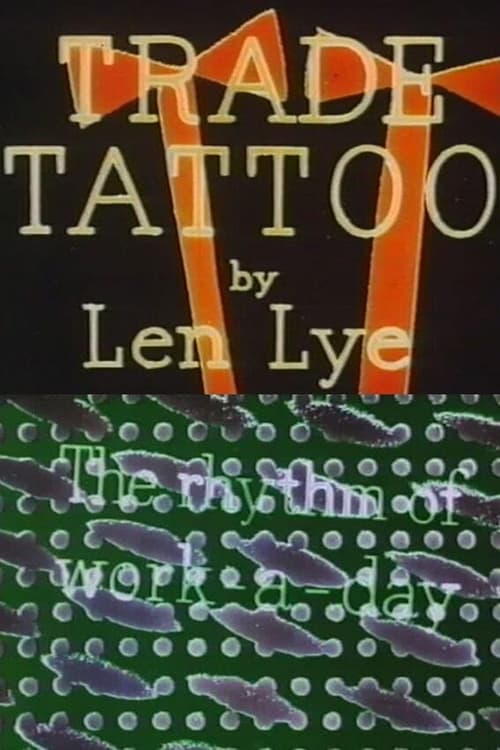
Trade Tattoo
Trade Tattoo went even further than Rainbow Dance in its manipulation of the Gasparcolor process. The original black and white footage consisted of outtakes from GPO Film Unit documentaries such as Night Mail. Lye transformed this footage in what has been described as the most intricate job of film printing and color grading ever attempted. Animated words and patterns combine with the live-action footage to create images as complex and multi-layered as a Cubist painting. Music was provided by the Cuban Lecuona Band. With its dynamic rhythms,...

Rhythm
Intended as a publicity film for Chrysler, Rhythm uses rapid editing to speed up the assembly of a car, synchronizing it to African drum music. The sponsor was horrified by the music and suspicious of the way a worker was shown winking at the camera; although Rhythm won first prize at a New York advertising festival, it was disqualified because Chrysler had never given it a television screening. P. Adams Sitney wrote, “Although his reputation has been sustained by the invention of direct painting on film, Lye deserves equal credit as one of ...
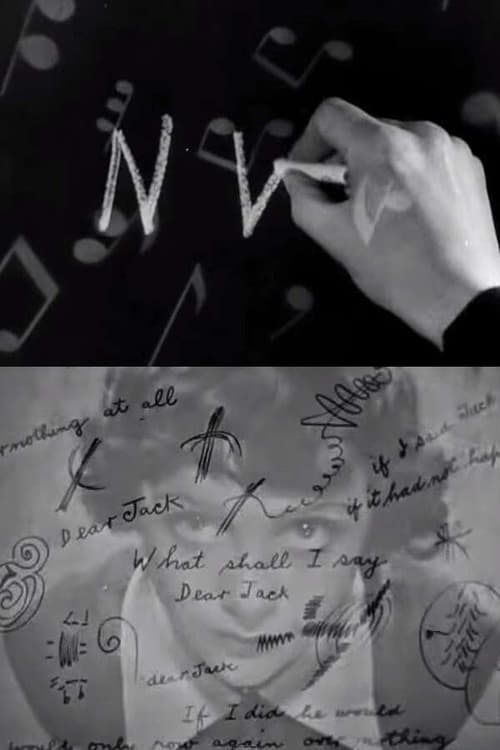
N or NW
Correspondence between young lovers nearly ends in disaster through a mistake in postal district. Fortunately the GPO spots the error and all ends well, but with the moral that correspondents should get the address right.

Experimental Animation
Len Lye scraped together enough funding and borrowed equipment to produce a two-minute short featuring his self-made monkey, singing and dancing to 'Peanut Vendor', a 1931 jazz hit for Red Nichols. The two foot high monkey had bolted, moveable joints and some 50 interchangeable mouths to convey the singing. To get the movements right, Lye filmed his new wife, Jane, a prize-winning rumba dancer.
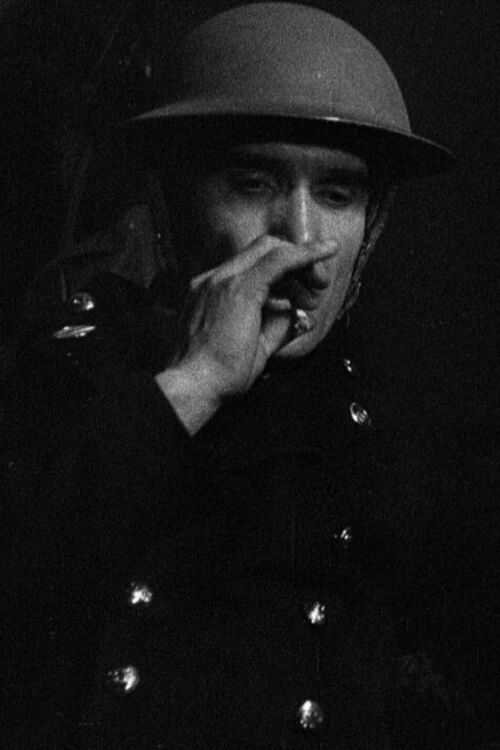
Newspaper Train
The story of how newspapers were distributed during the Blitz, stressing the importance of an accurate and objective press on the home front.

Rainbow Dance
Rainbow Dance is a 1936 British animated film released by the GPO Film Unit. This is Lye's second film. It uses the Gasparcolor process.

Color Cry
In 1944 Lye moved to New York City, initially to direct for the documentary newsreel The March of Time. He settled in the West Village, where he mixed with artists who later became the Abstract Expressionists, encouraged New York’s emerging filmmakers such as Francis Lee, taught with Hans Richter, and assisted Ian Hugo on Bells of Atlantis. Color Cry was based on a development of the “rayogram” or “shadow cast” process, using fabrics as stencils, with the images synchronized to a haunting blues song by Sonny Terry, which Lye imagined to be t...
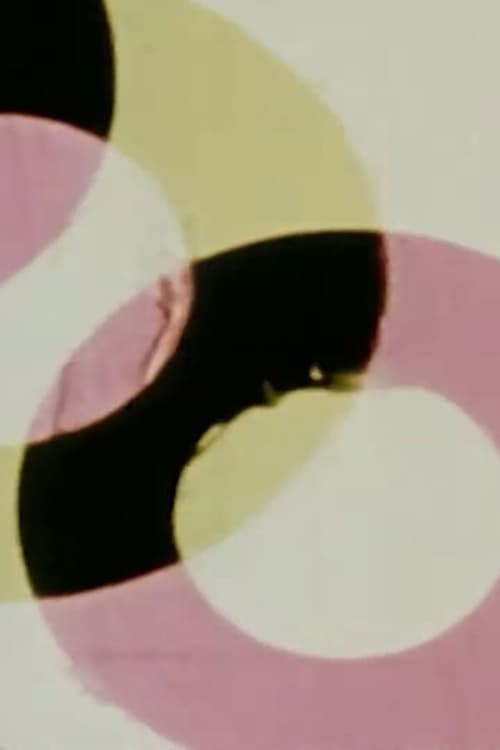
Life's Musical Minute
Life’s Musical Minute, recently re-discovered, is a short promotional film of this kind, based on Gene Krupa’s drum solo from “Golden Wedding” by the Woody Herman jazz band. It was Lye’s attempt to gain support from Life Magazine.
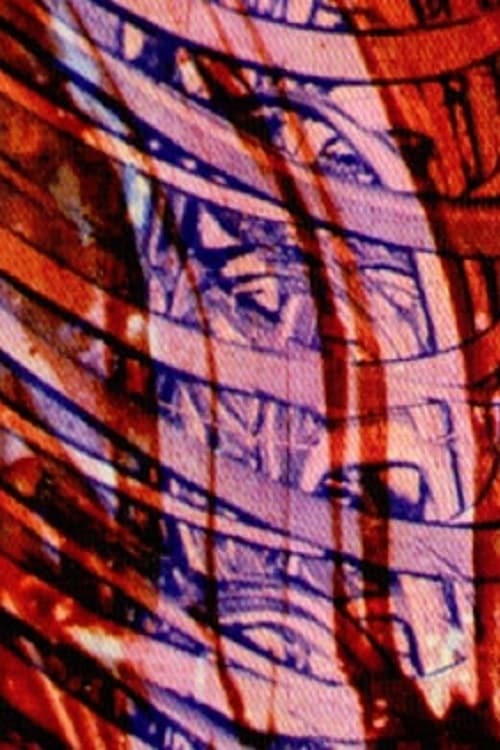
All Souls Carnival
Len Lye usually timed his films with great care to match their soundtracks, but for All Souls Carnival, he and composer Henry Brant worked separately, preferring to see if the score and visual track would synchronise by chance. Lye also experimented with a new Direct Film technique, drenching the filmstrip in colourful paint and marker pen.

Cameramen at War
A tribute to the cameramen of the newsreel companies and the service film units, in the form of a compilation of film of the cameramen themselves, their training and some of their most dramatic film.
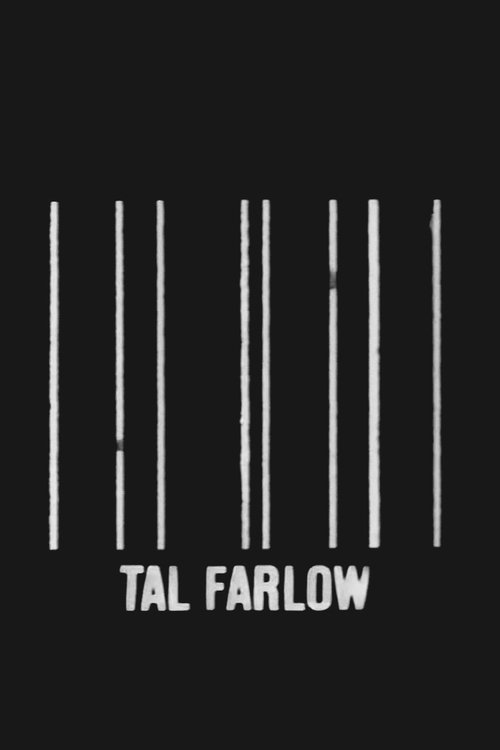
Tal Farlow
Lye created a series of scratched images in the 1950s – more regular or geometric than his usual style – to accompany Rock ‘n’ Rye, a track by jazz guitarist Tal Farlow, but he did not get far with the editing. He returned to the material in 1980 but died before it was completed. His assistant Steven Jones finished the film under the supervision of Lye’s widow Ann, who had been closely involved with all of Lye’s American films. - Harvard Film Archive

Particles in Space
Lye completed his last great film a few months before his death at the age of 78. The film returned to the black-and-white techniques of Free Radicals. Lye created what he called “vibrant little images” or “zig-zags” with a sense of “zizz”. The clusters of small scratches gave the film a unique texture – the images looked rough but were in fact extremely subtle. The title Particles in Space referred to flashes of energy of the kind sometimes seen by astronauts in space. The soundtrack combined “Jumping Dance Drums” from the Bahamas with drum...
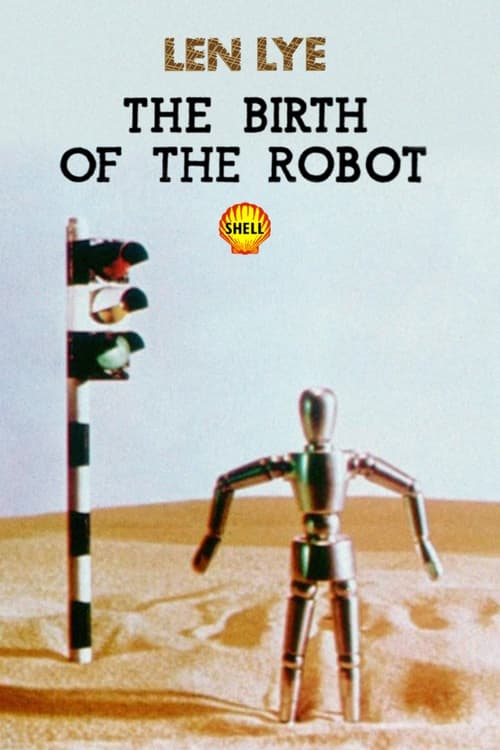
The Birth of the Robot
This experiment was a “prestige advertisement” for Shell Motor Oil. As conventional animation became dominated by Walt Disney, many European filmmakers turned to puppets as an alternative, and Lye enlisted the help of avant-garde friends such as Humphrey Jennings and John Banting to make the amusing puppets. Exploring the still-complex color process, which involved the combination of three separate images, Lye creates such a vivid storm scene that reviewers hailed it as “proof that the color film has entered a new stage.” The music is Hols...

Musical Poster #1
A British WWII propaganda short warning citizens that Nazi sympathizers could be listening to their everyday conversations to discover important information about the war effort.

Swinging the Lambeth Walk
Lye edited together “swing” versions of the popular Lambeth Walk (including Django Reinhardt on guitar and Stephane Grapelli on violin), combining them with a particularly diverse range of direct film images, scratched as well as painted. He was particularly pleased with a final guitar solo (with a vibrating horizontal line) and double bass solo (with a stomping vertical line). For this film Lye did not have to include any advertising slogans; friends at the Tourist and Industrial Development Association, shocked to learn that Lye and his fa...
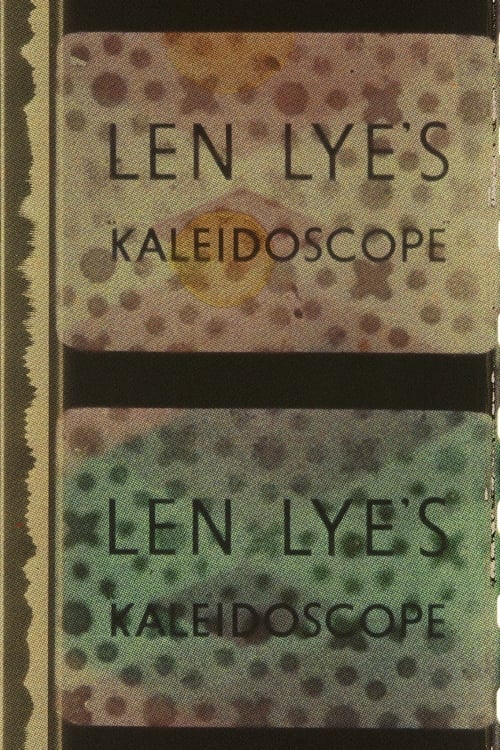
Kaleidoscope
For Kaleidoscope, which was sponsored by Churchman Cigarettes, Lye animated stenciled cigarette shapes and is said to have experimented by cutting out some of the shapes so that the light of the projector hit the screen directly. As in Colour Box Lye uses music by Don Baretto and his Cuban Orchestra. - Harvard Film Archive
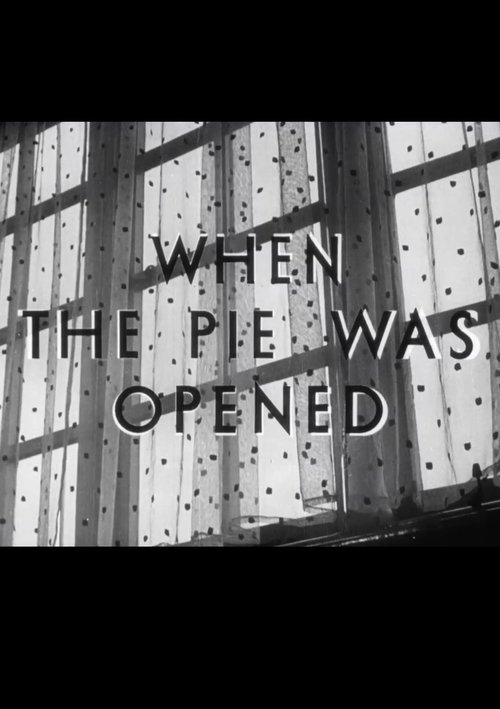
When the Pie Was Opened
Surrealism, avant-garde sound montage, and irreverent wit might be the last thing you'd expect from a government-sponsored film about wartime cookery. But director, artist, animator and all-round firework of a man Len Lye specialised in the unexpected. A simple tale of a mother cheering up her daughter with a pie from her rationing-stricken pantry (interestingly the war is never directly referred to) is skilfully crafted into a work of real artistic depth, while retaining an unpretentious charm.